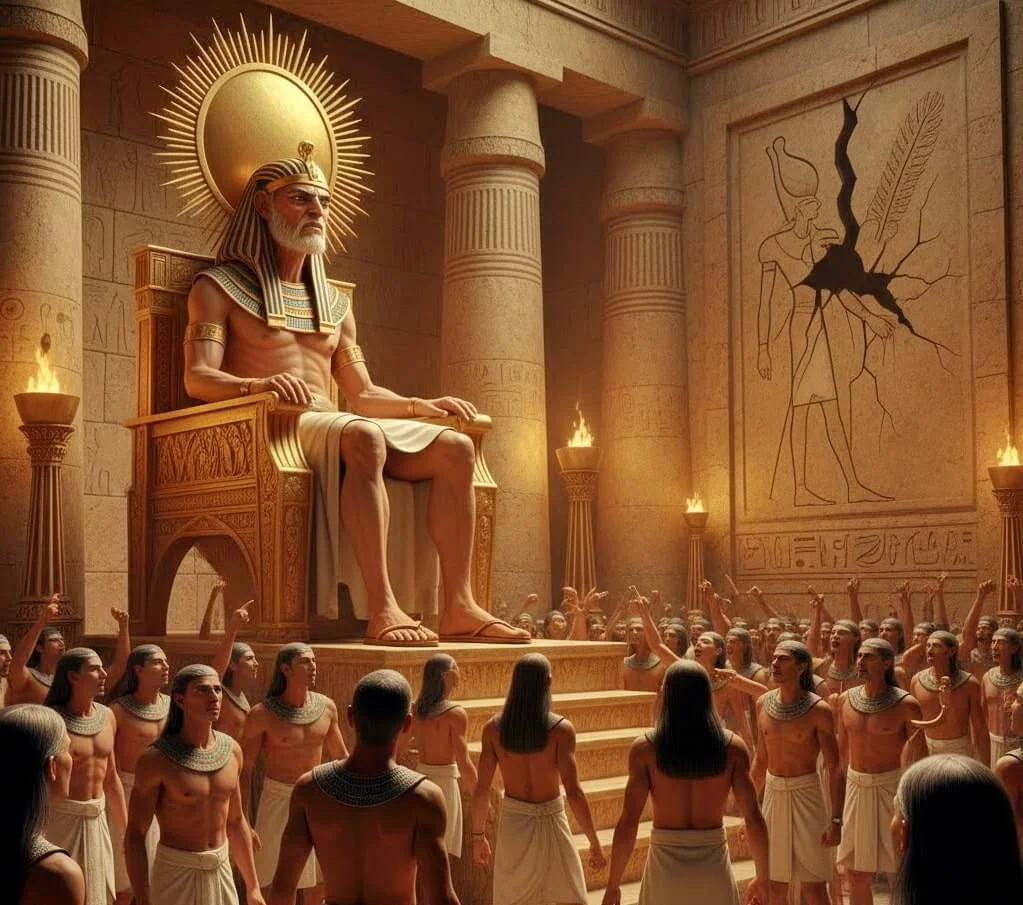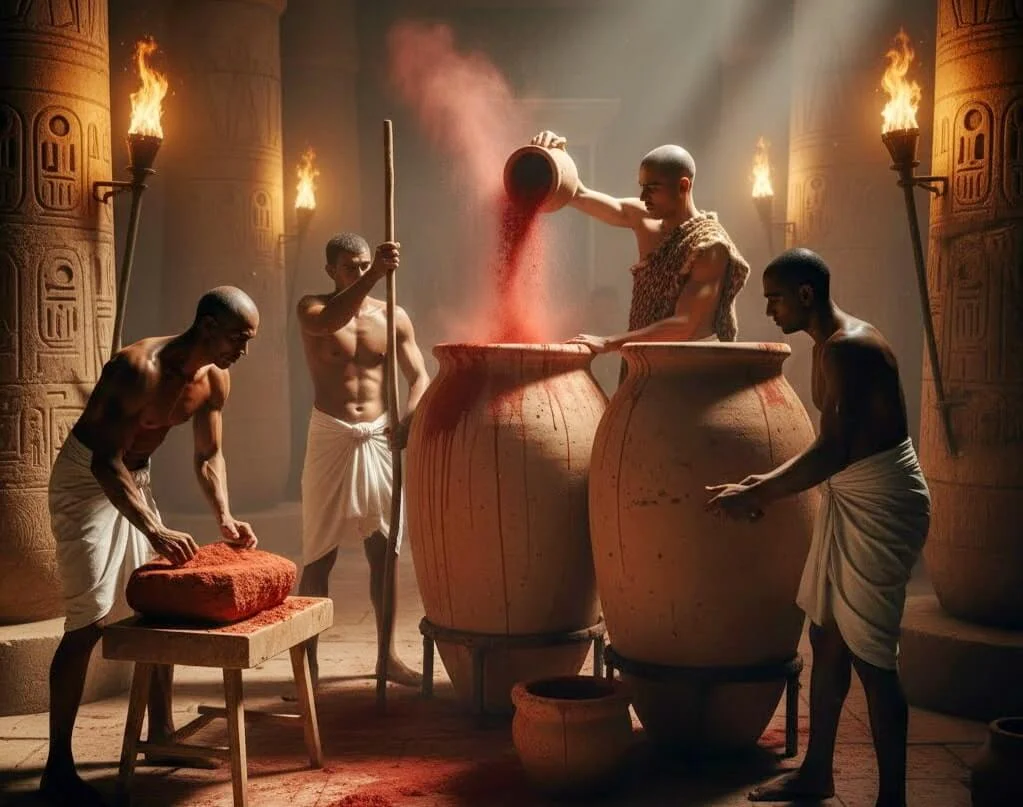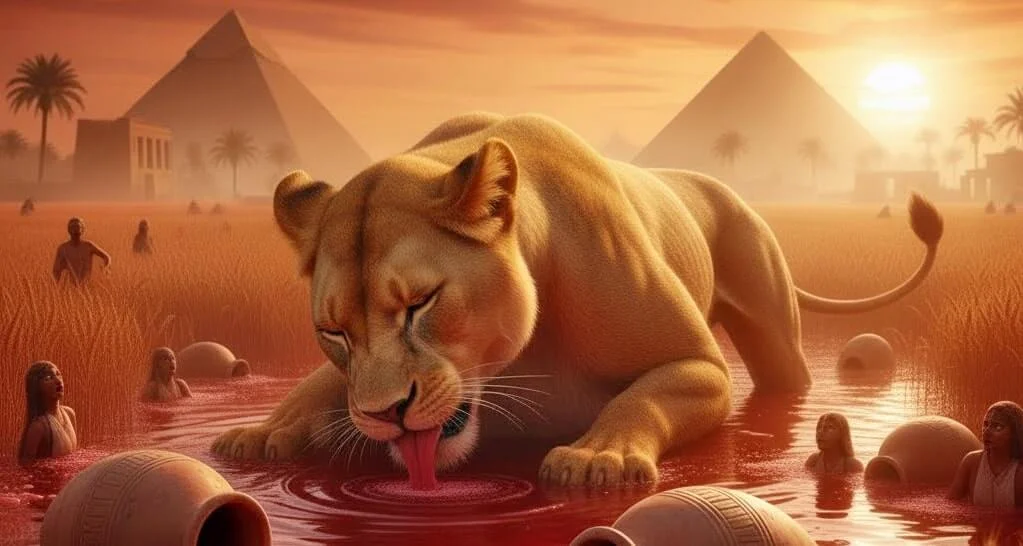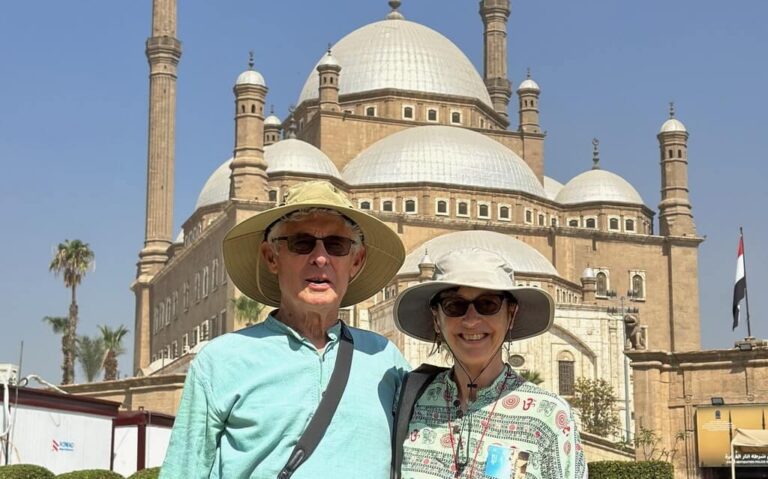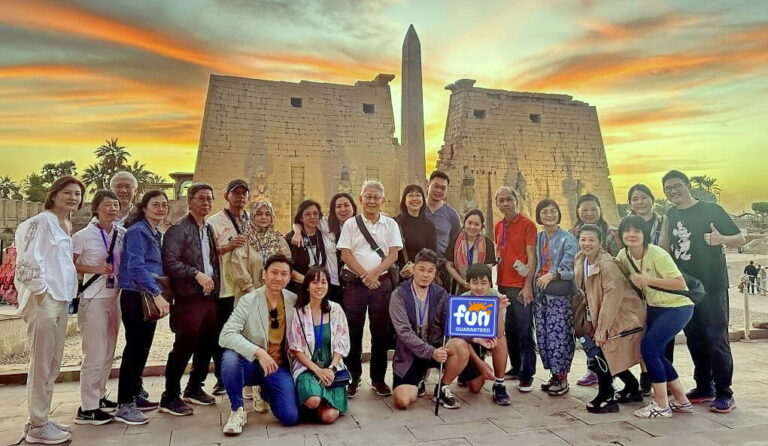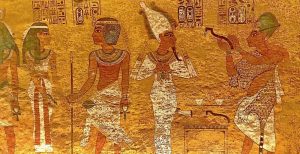In the vast and complex world of ancient Egyptian mythology, few stories are as dramatic or revealing as the “Destruction of Human Being.” This powerful myth, often found inscribed within the tombs of great pharaohs, tells an epic story of divine rage, bloody vengeance, and a very clever, unexpected salvation.
This is not just a simple tale of angry gods. It is a foundational story that explains the complex relationship between the gods and mortals, the origin of suffering, the dual nature of divine power, and why the gods ultimately withdrew from the earth.
At the heart of this cosmic drama are three key figures:
- Ra: The supreme sun god and the king of all gods.
- Hathor/Sekhmet: Two forms of the same goddess, the “Eye of Ra.” Hathor is the goddess of joy and love, while Sekhmet is her terrifying alter-ego, a lioness goddess of war and plague.
- Humanity: The mortal creations of Ra, who had dared to rebel.
Let’s explore the myth of the Destruction of Human Being and how a divine trick saved humanity from extinction.

